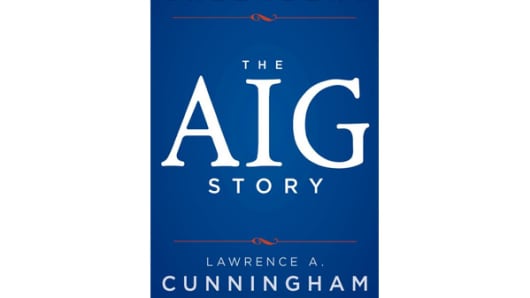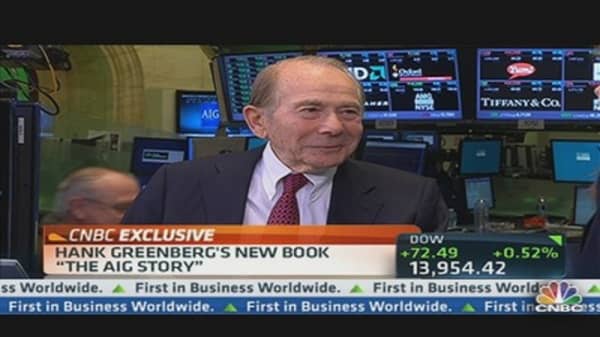AIG employed nearly 100,000 people, internationalists who took an innovative approach to the insurance business. They offered tailored products, refined risk analysis and expanded the use of reinsurance. They found ways to underwrite coverage for the most unusual and dangerous risks, and worked tirelessly to excel in very competitive markets. The result was a demanding and often-difficult work culture suited for those eager to invest all in their career.
(Read More: CNBC Special Report - The Struggle At AIG)
AIG operated on the profit center model that Greenberg minted, in which every manager had responsibility for all aspects of businesses under his or her control, rather than assigning responsibility according to departmental tasks such as underwriting, budgeting, and claims management. The result was a deep bench full of managers with vast knowledge of the business.
As one of the world's first truly multi-national corporations, AIG boasted hundreds of "mobile overseas personnel," executives willing to relocate at any time to any of the 130 countries where AIG operated.
Greenberg and his colleagues worked with every U.S. president from Nixon to Clinton to promote open markets and free trade, helping to forge the World Trade Organization's watershed global treaty on free trade in services and to bring China into the WTO.
(Read More: AIG Hires Lobbyists After 4-Year Self-Imposed Ban)
The company developed expert international briefing books for the top executives of its largest clients, the heads of most Fortune 500 companies, giving vital up-to-date information about global economic and political trends. A dozen of AIG's senior executives went on to become CEOs of peer financial institutions, putting AIG in the league of larger companies, such as GE and IBM, in grooming impressive managerial leadership.
Many AIG shareholders and executives became rich as the result of the company's phenomenal prosperity, as it grew from a business worth less than $300 million in 1970 to one worth more than $180 billion three decades later.
This energetic and prosperous business was turned upside down, however, when Eliot Spitzer, the attorney general of New York, targeted it in early 2005. Wielding controversial and ethically challenged tactics, Spitzer pressured AIG's board, by then dominated by outside directors, to capitulate to his demands.
Upheaval began with the board asking Greenberg to resign, followed by the revision of several years of accepted accounting treatments to justify that; it continued with a potpourri of governance reforms designed to weaken company management while strengthening the power of outside directors, outside lawyers and outside accountants. These changes, fashioned from the prevailing playbook of "good governance," would produce severe unintended consequences.
But worse ironies and greater costs were yet to come.
(Read More: AIG Seeks Approval to File More Bank Suits.)




